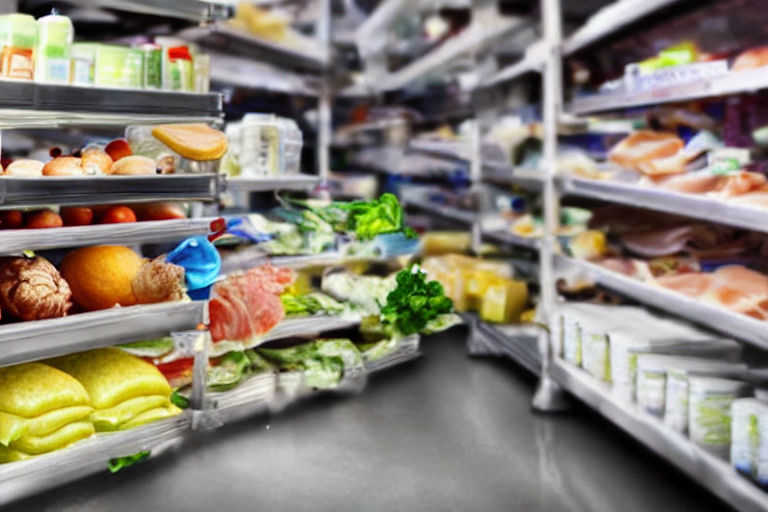Mastering Textures: Tips for Adding Depth to Your Plating
As a chef, food presentation is just as important as taste. Creating visually appealing dishes with a variety of textures can elevate the dining experience for your customers. In this post, we will discuss some tips for adding depth to your plating through textures.
Use Different Cooking Techniques
One way to add texture to your plate is by using different cooking techniques. For example, if you’re serving a steak, searing it on a high heat to create a crispy crust will provide a contrast to the tender meat inside. Similarly, roasting or grilling vegetables can add a charred texture that complements their natural sweetness.
Incorporate Crunch
Incorporating a crunchy element to your dish can also help add texture. A few ideas include topping your dish with toasted nuts or seeds, adding crispy bacon or prosciutto, or using a breadcrumb mixture as a topping.
Experiment with Plating Techniques
The way that you plate your food can also play a big role in adding texture. Consider using a smear of sauce or puree on the plate as a base for your main ingredient. You can also use a piping bag to create a design or pattern using mashed potatoes, pureed vegetables, or whipped cream.
Play with Contrasting Textures
Using contrasting textures is a great way to create depth and interest on a plate. For example, you can pair a creamy risotto with a crispy pan-seared scallop, or serve a smooth chocolate mousse with a crunchy cookie.
Think About Colors
Color can also play a role in adding depth to your plating. Using a variety of brightly colored ingredients can add pops of color and provide visual interest. Additionally, dishes with monochromatic color schemes can be visually striking and make the different textures stand out even more.
By experimenting with different textures and plating techniques, you can take your dishes to the next level. With practice, you’ll be able to create visually appealing meals that are just as delicious as they are beautiful.



